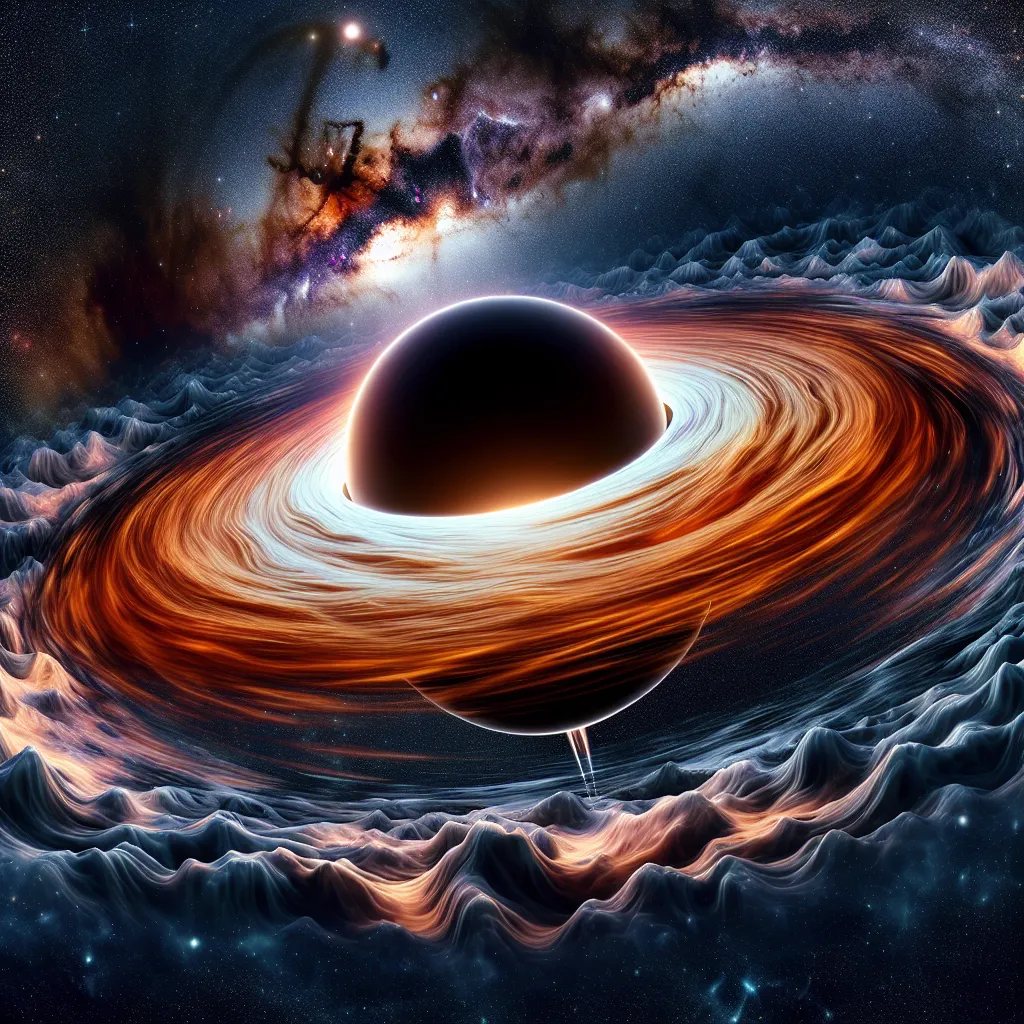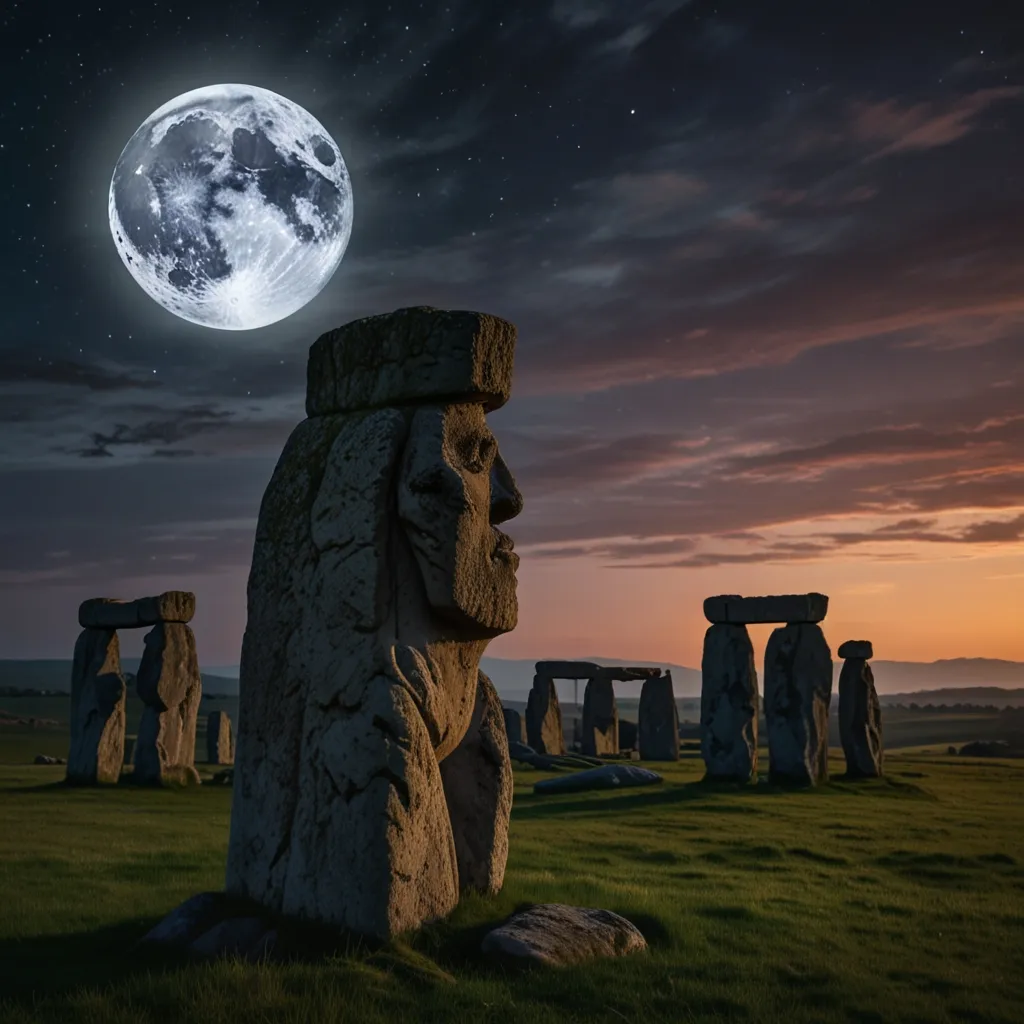Black holes are some of the most fascinating entities in the universe. They’re as puzzling as they are intriguing. So, where do they come from, and what happens if you fall into one?
Stars are giant balls of hydrogen atoms that collapse from massive gas clouds under their own gravity. In their core, nuclear fusion turns hydrogen into helium, releasing a massive amount of energy. This energy fights gravity, keeping the star stable for billions of years. But when a star much heavier than our Sun starts fusing heavier elements, it eventually makes iron, which doesn’t produce energy. Iron accumulates until the star’s balance is broken, and the core collapses in a dramatic implosion. This violent event is known as a supernova, where all the heavy elements in the universe are created. The aftermath could be either a neutron star or, if the star is massive enough, a black hole.
When you look at a black hole, you see the event horizon. This is the point of no return. Anything that crosses it would need to travel faster than light to escape, which is impossible. So, we just see a black sphere reflecting nothing. Inside is the singularity, a point where the laws of physics break down. Nobody knows exactly what a singularity is like because it defies our understanding, a bit like dividing by zero.
Black holes are not like cosmic vacuums, sucking everything in their path. If our Sun were replaced by a black hole of equal mass, Earth’s orbit wouldn’t change, but we’d freeze without sunlight. Curious about what happens if you fall into a black hole? Time slows down for you as you approach the event horizon. To an outsider, you’d appear to slow, turn red, and vanish. From your perspective, you might see the universe in fast-forward, as if peeking into the future.
Once inside, there’s no turning back. You’d be pulled in one direction with unimaginable force. The black hole’s gravity is so intense that different parts of your body would experience vastly different forces, stretching you out until you become a hot stream of plasma. Another theory suggests you might hit a firewall and be instantly vaporized. How soon this happens depends on the black hole’s size. A smaller one would kill you before you even entered, while a massive one lets you travel deeper before meeting your end.
Black holes come in different sizes. Stellar mass black holes are a few times the mass of the Sun and about the size of an asteroid. Supermassive black holes, on the other hand, lie at the centers of galaxies and grow over billions of years. The largest known is S5 0014+81, with a mass 40 billion times that of our Sun and a size 47 times the distance from the Sun to Pluto.
Even the most powerful black holes will eventually disappear through a process called Hawking radiation. Empty space isn’t really empty; it’s filled with virtual particles popping into and out of existence. Near a black hole, one particle might get sucked in while the other escapes, turning into a real particle and causing the black hole to lose energy. This loss is extremely slow but speeds up as the black hole shrinks. By the time it’s the size of a mountain, it radiates heat like our Sun. In its final moments, it releases immense energy in a massive explosion. However, the largest black holes could take a googol years to evaporate, meaning the universe will have become uninhabitable long before the last black hole vanishes.
There’s much more to discover about black holes, and we’ll dive into more exciting ideas in part two.






